The name “Satkosia” has a very interesting lineage to itself. When I started discussing a visit to this hidden gorge I was lifted by the literal depth behind the moniker. The fathom of Mahanadi surrounding the Raibarta Gir (Mountain range) is deeper than the combination of 7 matured bamboos. This reference finds its spot even in the Epic of Ramanaya. Satkosia is home to about 400 plant species,38 species of mammals, 161 bird species, 27 kinds of reptiles, 4 amphibian variety and countless fishes gliding through the stretch of Mahanadi that gracefully flows along. This gorge is also the watchdog for two endangered species named Gharial and Mugger.
One can get the aroma of wildlife right from Angul (Odisha) the nearest railhead to Tikarpada, about 65KMs away, which would also be my home for the day. Tikarpada Wildlife Sanctuary is a spawn of Satkosia itself which allows enthusiasts to camp bang opposite to the Mahanadi river and just 6 KMs from the core forest area. From Angul, only 2 Government busses go towards Tikarpada so I had to reserve an auto. A thousand times I would re-experience this ride if given the chance. Mr. Sadanand, was kind enough to give me INR 100 discount, “Mera jagah hai woh!” (It’s my hometown) he confirmed. Just after 3 KMS of jaunt from Angul, the trees take over the sides of the road. I noticed burnt leaves patches all along either side probably to stop forest fires which is a common natural upshot of any dense jungle. Although there are quite a lot of forms and formalities that is to have adhered in the Tikarpada check-post, the woman in “Khaki” just caught me in her elegance. She held a sort of gravity while explaining the safety precautions and payment particulars, that I guess I was glaring.
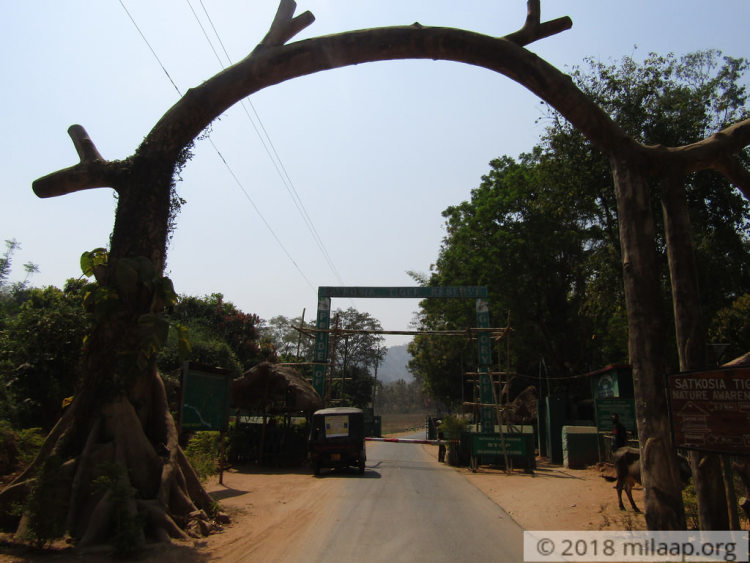
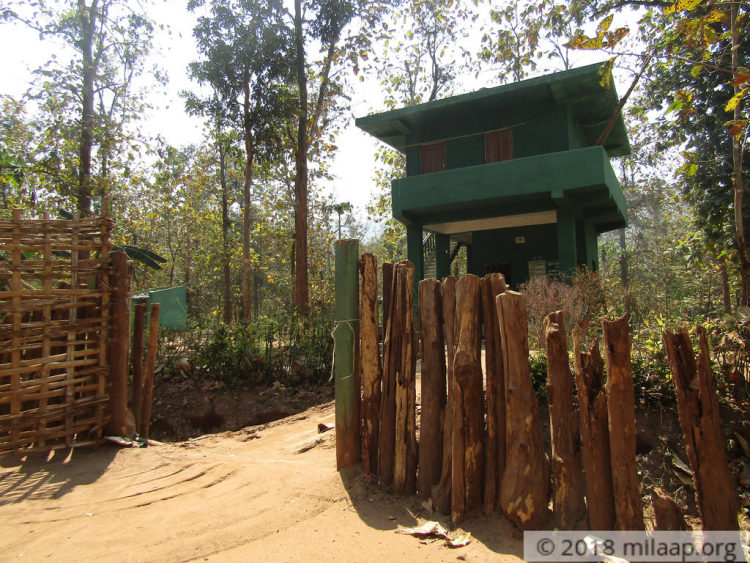
The Satkosia forest zone starts right after the entry point. Pin drop silence, dried leaves flying with the velocity of tires, calling of birds and my discussions with Sadanand Ji were enough to keep me accompanied. These locals have so much information about their surroundings that I bet the citizens of a posh city would never even bother to dig. Around noon I stepped into the camping site where Mr. Samim Chauhan greeted me with such warmth as though I was family. Over a cup of refreshing tea, I got to know that this is the new campsite, Ramganala, about 7 years old. There is an unconstructed dam that was started by Nehru but his demise that very year now symbolizes this dam as a memorial tombstone. I could not wait to gulp my tea and gallop around like a little child on a picnic ground. Five huge green tents, the Mahanadi ogling at you, age-old trees granting their blessings and smiling faces everywhere. It was like Class VI camping again! The tents were furnished with bed, rack, a small changing section and a timeworn fan. Chauhan Saheb regretted that I could not avail for the AC tents. Little did he know that I regretted the furnishing itself, all I wanted was a sleeping bag and bone-chilling night.


After an enervating journey, food on a plate is an animalistic pleasure. An exuberant traditional meal at the common dining area made me sit there for a while before I could stand up on feet and march down to the Mahanadi River. Sitting on the rock with every fondle of water I noticed the itemizes of the fanatical beauty. The holy union of 2 mountains that silently hid the love-making in mist, one broken tent acting as a palace in acres of barren land, the horror of unforeseen Ox-bow curves of the gorge, the image of Kashmir and its boats in Geography lessons, the hazy laughter of blossoming girls, the high dive of spirited young men, the faint beam of a faraway fete all coming together to form this essence of “Spring”. I had to be called back to the camping site because I lost track of sunlight.
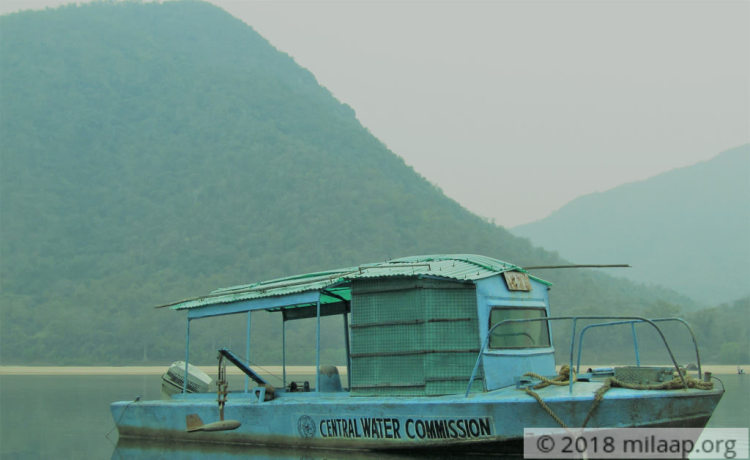


I fail to recall when was the last time I went for a night safari. The drive from 8 PM to 10 PM in the haunting muzzle and complete darkness is an adventure one should run through at least once in a lifetime. We were instructed to keep our phones off and cameras inside, a little sacrifice that paid off well when I sighted this barking deer right near the jeep. The sound of the animal world is nothing like our world it seems. There is a composed synchronization even in its chaotic lifestyle. I still qualm if those radiating eyes were a figment of my fancy or jungle cats! Nothing else would dare to be a part of that night’s lullaby.
“Sun rises in the east and sets on the west”, but it took me years of travel to know that there are scores of sun rises and sunsets. At every stage, it frolics a hideous game with the sky through colors. This time it was peekaboo from the array of trees upon the mountain. “Do you get to witness this from your high-rise buildings?” questioned the voice of Gulekha Behera, my tour guide for the early morning jungle trek. There is no general route to reach “Mandi”, the waterfalls where animals come to quench their thirst, so we followed the trail and hiked. No vehicles are now allowed to enter this area after the old camping site near the bank of the river was shut down for frequent animal-attack incidences.
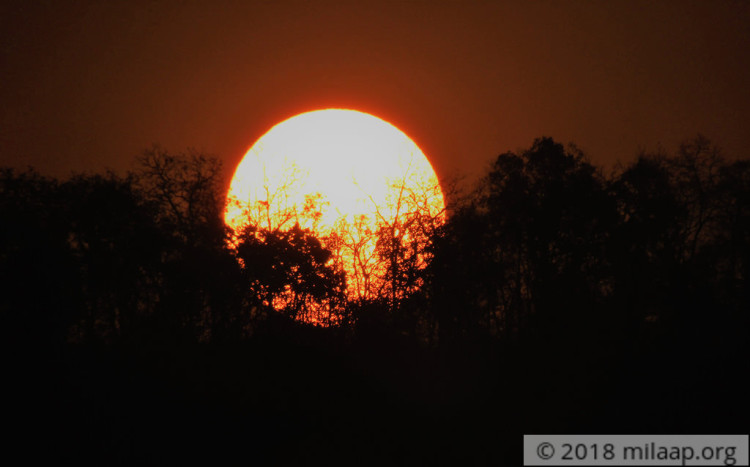

Walking through the bedding of dried Sal leaves I could hear various kinds of animal and bird sounds and this is where Behera Saheb outshone my bare knowledge. He identified almost all the sounds and thus began the fables of the jungle. Gargantuan rock python munching an entire deer, captive breeding of reptiles in the houses of the aboriginals, the mountains acting as guardians for the villages, the fact that 12 Bengal tigers will soon be released in Satkosia for protection, highlights that there is so much to this Sanctuary. On my way, I saw fresh elephant dung and tiger paws which became evident the moment I landed on the drifting sand of Mahandi. The elephant footprints were that of a herd, the tiger, a lone hunter and bunch of barking deer, all must have been there a few hours ago to share their drop of water. Behera Saheb must have caught with my nostalgia with the dense fog and he left me alone for half an hour. I got goosebumps from the mere imagination of wild animals, the carnivores that feed on herbivores, drinking water from the same source and here we were, the apparently most intelligent species fighting every day for a piece of land. In his own words Behera Saheb explained the importance of harmony, “Zada shor hota hai toh nadi gussa kar leti hai”. (Too much clash enrages the river).
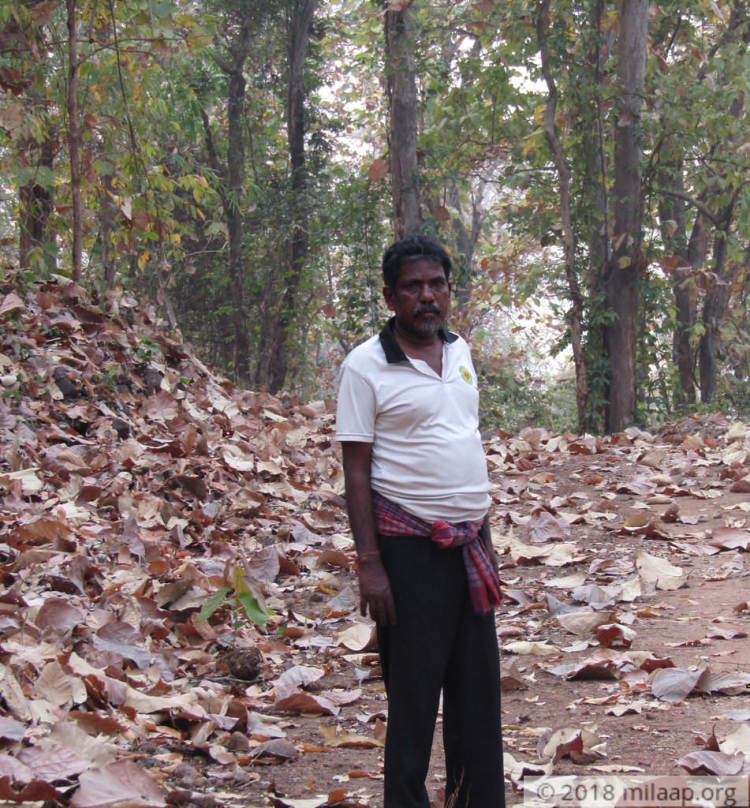
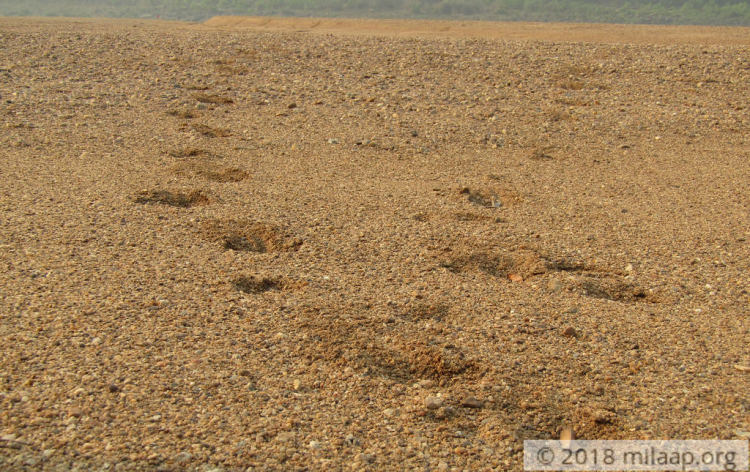
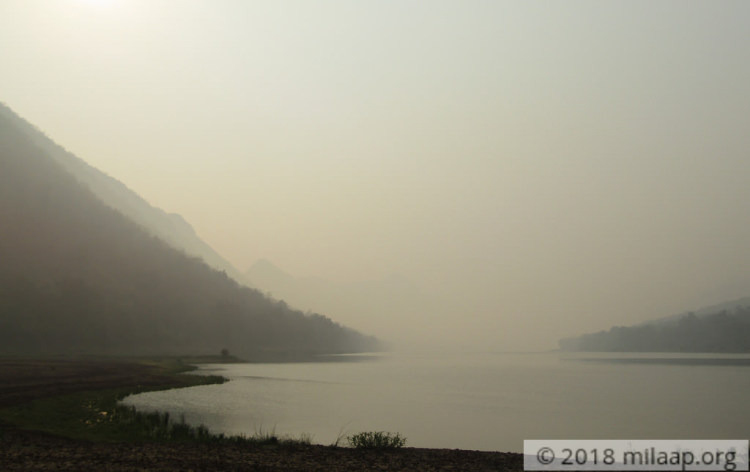
One can get the aroma of wildlife right from Angul (Odisha) the nearest railhead to Tikarpada, about 65KMs away, which would also be my home for the day. Tikarpada Wildlife Sanctuary is a spawn of Satkosia itself which allows enthusiasts to camp bang opposite to the Mahanadi river and just 6 KMs from the core forest area. From Angul, only 2 Government busses go towards Tikarpada so I had to reserve an auto. A thousand times I would re-experience this ride if given the chance. Mr. Sadanand, was kind enough to give me INR 100 discount, “Mera jagah hai woh!” (It’s my hometown) he confirmed. Just after 3 KMS of jaunt from Angul, the trees take over the sides of the road. I noticed burnt leaves patches all along either side probably to stop forest fires which is a common natural upshot of any dense jungle. Although there are quite a lot of forms and formalities that is to have adhered in the Tikarpada check-post, the woman in “Khaki” just caught me in her elegance. She held a sort of gravity while explaining the safety precautions and payment particulars, that I guess I was glaring.


The Satkosia forest zone starts right after the entry point. Pin drop silence, dried leaves flying with the velocity of tires, calling of birds and my discussions with Sadanand Ji were enough to keep me accompanied. These locals have so much information about their surroundings that I bet the citizens of a posh city would never even bother to dig. Around noon I stepped into the camping site where Mr. Samim Chauhan greeted me with such warmth as though I was family. Over a cup of refreshing tea, I got to know that this is the new campsite, Ramganala, about 7 years old. There is an unconstructed dam that was started by Nehru but his demise that very year now symbolizes this dam as a memorial tombstone. I could not wait to gulp my tea and gallop around like a little child on a picnic ground. Five huge green tents, the Mahanadi ogling at you, age-old trees granting their blessings and smiling faces everywhere. It was like Class VI camping again! The tents were furnished with bed, rack, a small changing section and a timeworn fan. Chauhan Saheb regretted that I could not avail for the AC tents. Little did he know that I regretted the furnishing itself, all I wanted was a sleeping bag and bone-chilling night.


After an enervating journey, food on a plate is an animalistic pleasure. An exuberant traditional meal at the common dining area made me sit there for a while before I could stand up on feet and march down to the Mahanadi River. Sitting on the rock with every fondle of water I noticed the itemizes of the fanatical beauty. The holy union of 2 mountains that silently hid the love-making in mist, one broken tent acting as a palace in acres of barren land, the horror of unforeseen Ox-bow curves of the gorge, the image of Kashmir and its boats in Geography lessons, the hazy laughter of blossoming girls, the high dive of spirited young men, the faint beam of a faraway fete all coming together to form this essence of “Spring”. I had to be called back to the camping site because I lost track of sunlight.



I fail to recall when was the last time I went for a night safari. The drive from 8 PM to 10 PM in the haunting muzzle and complete darkness is an adventure one should run through at least once in a lifetime. We were instructed to keep our phones off and cameras inside, a little sacrifice that paid off well when I sighted this barking deer right near the jeep. The sound of the animal world is nothing like our world it seems. There is a composed synchronization even in its chaotic lifestyle. I still qualm if those radiating eyes were a figment of my fancy or jungle cats! Nothing else would dare to be a part of that night’s lullaby.
“Sun rises in the east and sets on the west”, but it took me years of travel to know that there are scores of sun rises and sunsets. At every stage, it frolics a hideous game with the sky through colors. This time it was peekaboo from the array of trees upon the mountain. “Do you get to witness this from your high-rise buildings?” questioned the voice of Gulekha Behera, my tour guide for the early morning jungle trek. There is no general route to reach “Mandi”, the waterfalls where animals come to quench their thirst, so we followed the trail and hiked. No vehicles are now allowed to enter this area after the old camping site near the bank of the river was shut down for frequent animal-attack incidences.


Walking through the bedding of dried Sal leaves I could hear various kinds of animal and bird sounds and this is where Behera Saheb outshone my bare knowledge. He identified almost all the sounds and thus began the fables of the jungle. Gargantuan rock python munching an entire deer, captive breeding of reptiles in the houses of the aboriginals, the mountains acting as guardians for the villages, the fact that 12 Bengal tigers will soon be released in Satkosia for protection, highlights that there is so much to this Sanctuary. On my way, I saw fresh elephant dung and tiger paws which became evident the moment I landed on the drifting sand of Mahandi. The elephant footprints were that of a herd, the tiger, a lone hunter and bunch of barking deer, all must have been there a few hours ago to share their drop of water. Behera Saheb must have caught with my nostalgia with the dense fog and he left me alone for half an hour. I got goosebumps from the mere imagination of wild animals, the carnivores that feed on herbivores, drinking water from the same source and here we were, the apparently most intelligent species fighting every day for a piece of land. In his own words Behera Saheb explained the importance of harmony, “Zada shor hota hai toh nadi gussa kar leti hai”. (Too much clash enrages the river).











